
It’s hard to ignore the social influences that come along with fly fishing — and there are plenty of them. For instance, it’s regarded as a faux pas to throw an indicator for many anglers, but for some reason a big foam indicator fly is a-okay. Or, take boats as an example. Is a $40,000 skiff actually more effective than a $800 jon boat or are we told that it is?
The point being, there’s a whole vocabulary and set of unspoken codes surrounding our sport, for better or worse, and this definitely includes the species we target. While the social tides have started to change, traditionally there’s been a quality scale, with permit sitting squarely at the top and something like carp or ladyfish sitting squarely at the bottom. Just the fact that the term “trash fish” exists is proof enough that we rank species based on arbitrary factors.
The truth of the matter is, fish don’t give a rat’s ass what you think about them or where they rank on your scale. They’re just looking for the next meal. With this perspective in mind, it becomes easy to open up our scope when it comes to the species we target. Once you realize that a cutthroat isn’t any more valuable than a spotted bass and that they just “are,” then you can make the ultimate realization: that there are hundreds of species that will take a fly.
And that’s what we’re here to talk about today. The beautiful thing about angling is that as one season begins to wind down, another begins to heat up. And, as you broaden your scope to target less-popular species, you’re only expanding the amount of days you can spend on the water. So, with that in mind, here are five unique species we think American anglers should target.
Gar
We’ll go ahead and say that gar are incredible, and incredibly underrated. Including the alligator gar, long nose gar, spotted gar, short nose gar, and Florida gar, these fish have a massive range in the United States, taking up nearly half of the country. But, for some reason, people either view them simply as a nuisance or an oddity. The truth is, these dinosaurs are beautiful in their own way, native across much of the continent, and deserve more respect. In fact, Texas Parks & Wildlife has been hard at work trying to shift the public’s perception of the gar, where many are caught or shot and simply thrown on the bank.
As anglers, we have an incredible opportunity to chase a fish that hasn't changed a whole lot in the past 240 million years or so, and can grow up to eight feet and 300-plus pounds. They’re monsters, and we mean that as a compliment. As for tactics, we’ll have to cover that in another article, but just know that these fish are evolutionary marvels and are ready to nail your fly with all 80 of their teeth.
Peacock Bass
Unlike the gar, the peacock bass is not native to the United States and happens to have a bit more visual appeal than some of the “face only a mother could love” species on this list. While they have caused their fair share of havoc around the world as an invasive species, they seem to be doing quite well in southern Florida. Because they have a very limited range outside of warm temperatures, they’re fairly localized in The Sunshine State and anglers have definitely begun to notice.
And, they’ve noticed for good reason. Beyond their tropical good looks, these fish are notorious for putting up a fight and have a tendency to hit poppers and streamers like they owe ‘em money. Long story short, explore one of the country’s most explosive game fish and make a trip south to the tip of Florida. They’re waiting.
Guadalupe Bass
The Guadalupe bass is unique for a few reasons. First, many anglers don’t even know that they exist and, second, these fish only exist in a very small area in Central Texas. Sure, once you look at their characteristics, you’ll see that they're not far from a spotted bass, but the State Fish of Texas is near and dear to the hearts of those who live near them.
Guads are river-dwelling bass, are small compared to their black bass cousins, but have all the muscle to make up for the size difference. These little guys can fight. If you’re looking to check off a unique species from your list, head down to the Hill Country and target an endemic species tucked along its scenic limestone rivers and cliffs.
Black Drum
Speaking of Texas, the black drum is one of the most under-appreciated species along the southern coast, particularly along the Texas coast. These fish, closely related to the redfish (a.k.a. red drum), as you may have guessed, can grow to astronomical sizes, with the world record sitting at a whopping 113 pounds. Conventional anglers know them well, but it’s about time the fly world got on board.
Black drum are prolific along the south coast of the United States, from Florida down to Texas, and can be found in multiple environments. They’re also a great target for a fly rod in certain areas because they tend to feed along shallow oyster beds, crushing shells with their teeth, which makes for some exciting sight-fishing, especially when you spot a 50-pounder in one foot of water. Next time you head to the coast, don’t pass up this fish solely because of its more famous cousin.
Catfish
If you really want to broaden your fishing scope, you need to look into targeting catfish. As one of the most prolific fish on the planet, you can find some sort of catfish species within ten minutes of your home; we can just about guarantee it. Most of us have probably hooked a cat by accident at some point, but you can actually catch these fish on purpose!
There’s a common misconception that all catfish are bottom feeders, which makes them a less-than-great target for fly anglers, but that’s simply not true. In fact, channel catfish, blue catfish, and especially flathead catfish are predatory fish and will commonly target food sources in the middle of the water column, in shallow water, and even on the surface (see the photo at the beginning of this post).
Sure, they may not be the most acrobatic fish, but they can sure pull, and there are plenty of places to target them. We’ve even heard of fly anglers targeting monster flatheads in river systems on the east coast. If that doesn’t peak your interest, then we just don’t know what to tell you. But, if you’re a fly angler looking for a unique experience, we may have just tracked down your next obsession. You’re welcome.
The whole point of this article is to get you to think outside the box. There’s an entire world of angling at our fingertips in the United States, but oftentimes we only think in terms of trout and bonefish. Plus, those banner species are getting their fair share of pressure these days, while others (like the gar) are having trouble getting the conservation support they need. So, why not do what fly anglers do best? Pick out a new species, fall in love with targeting it with a fly rod, create a bunch of fussy social pressures, and spread the love a little bit.


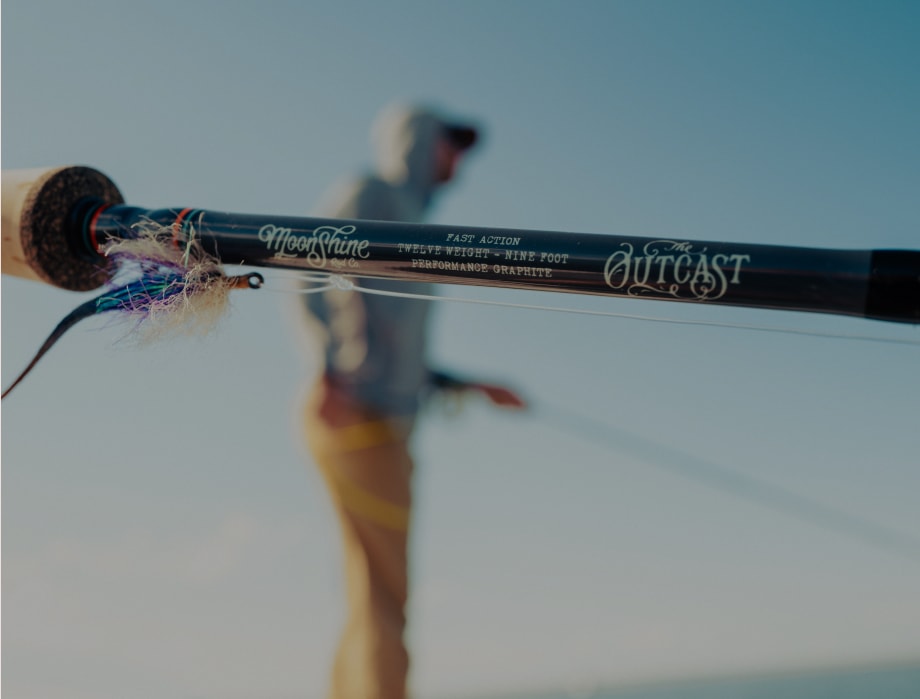
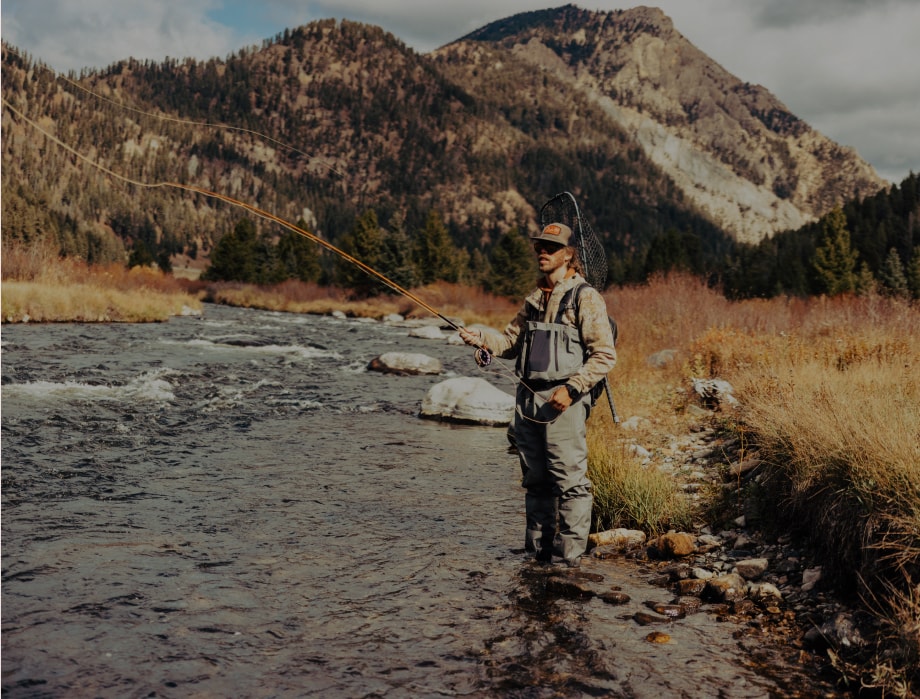
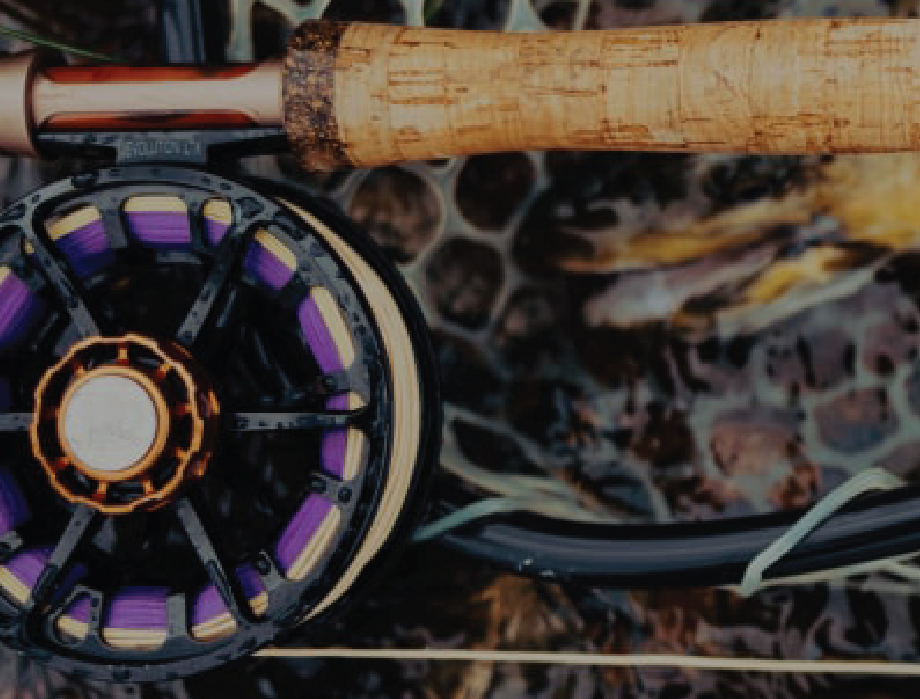


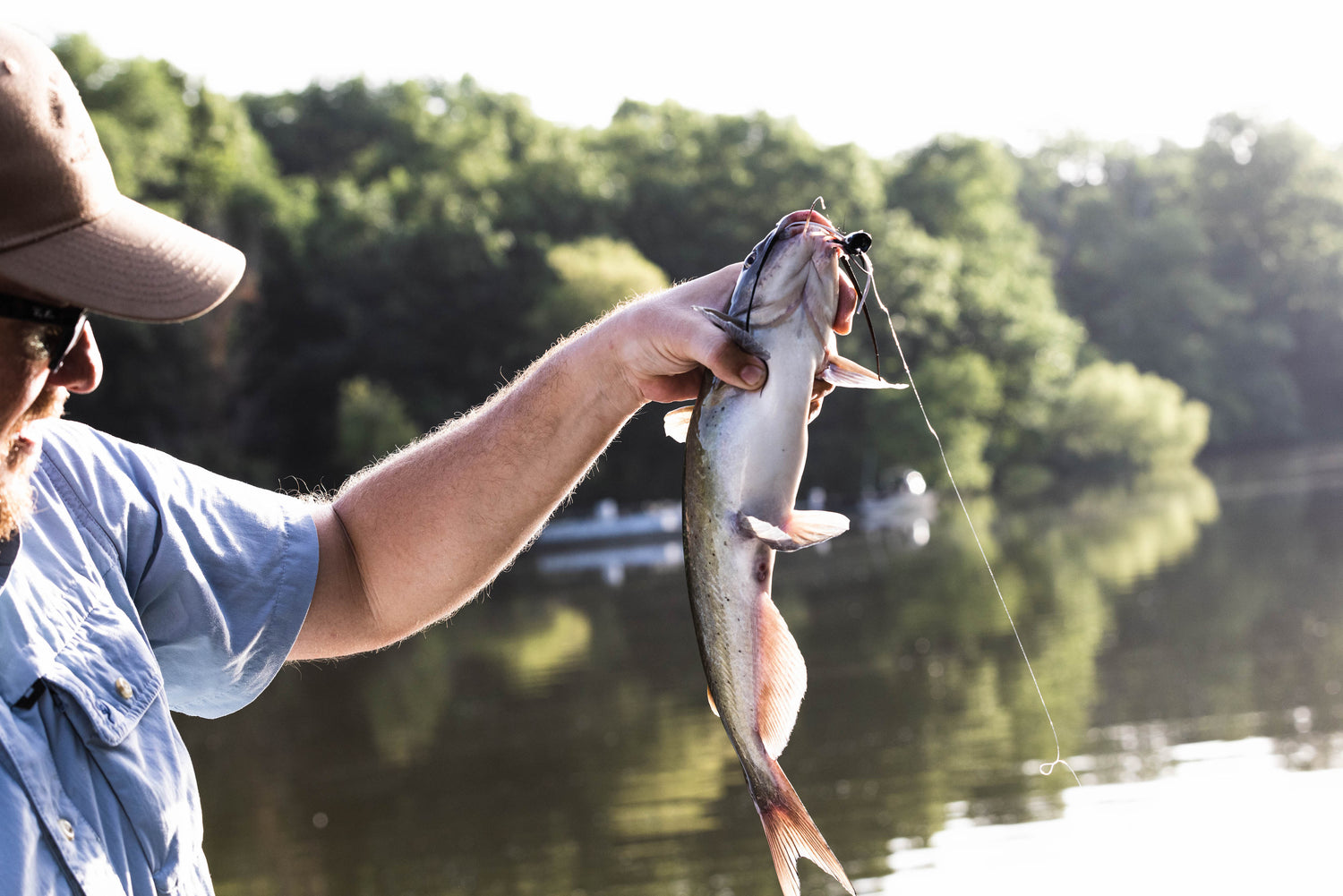
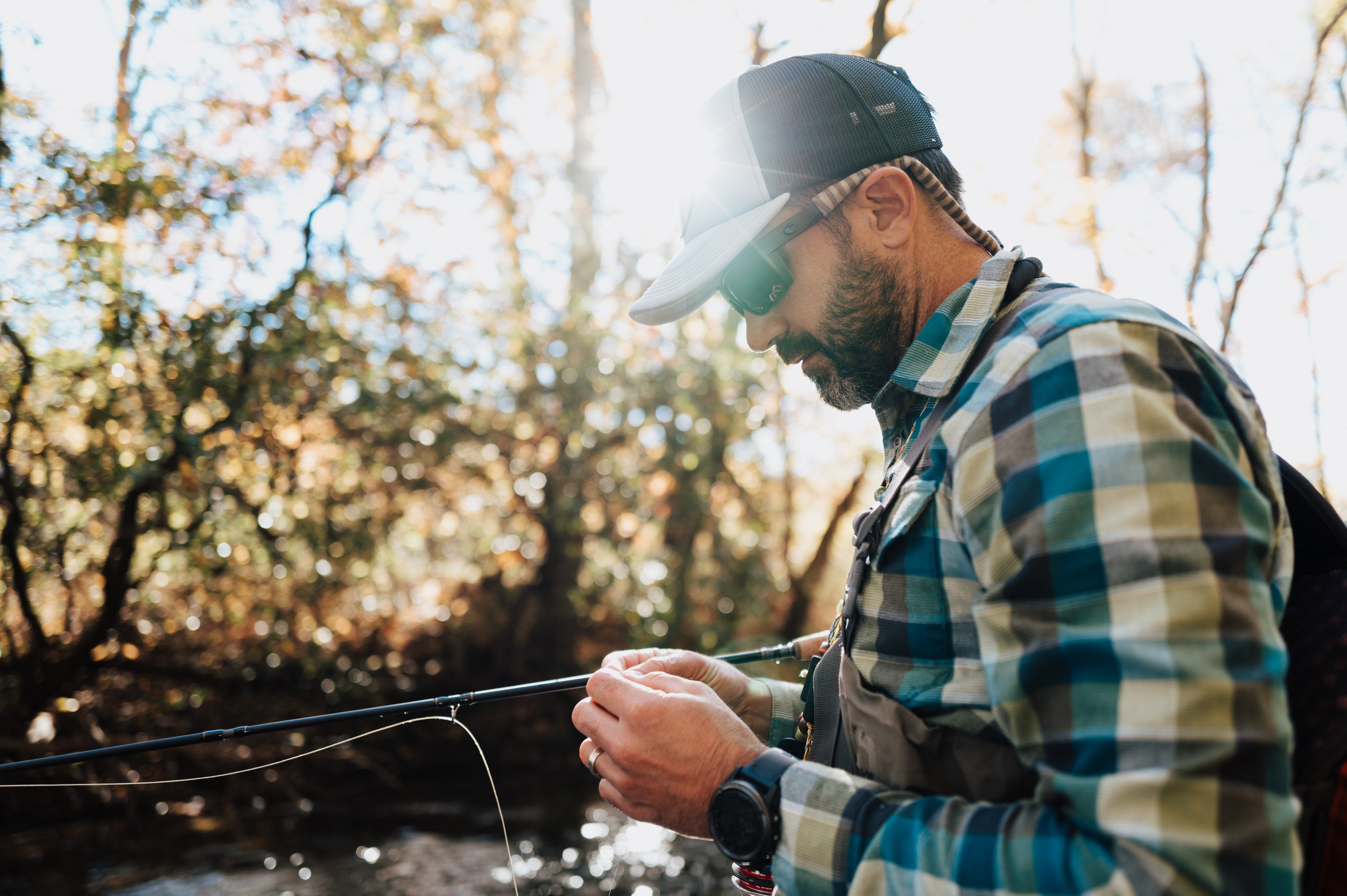
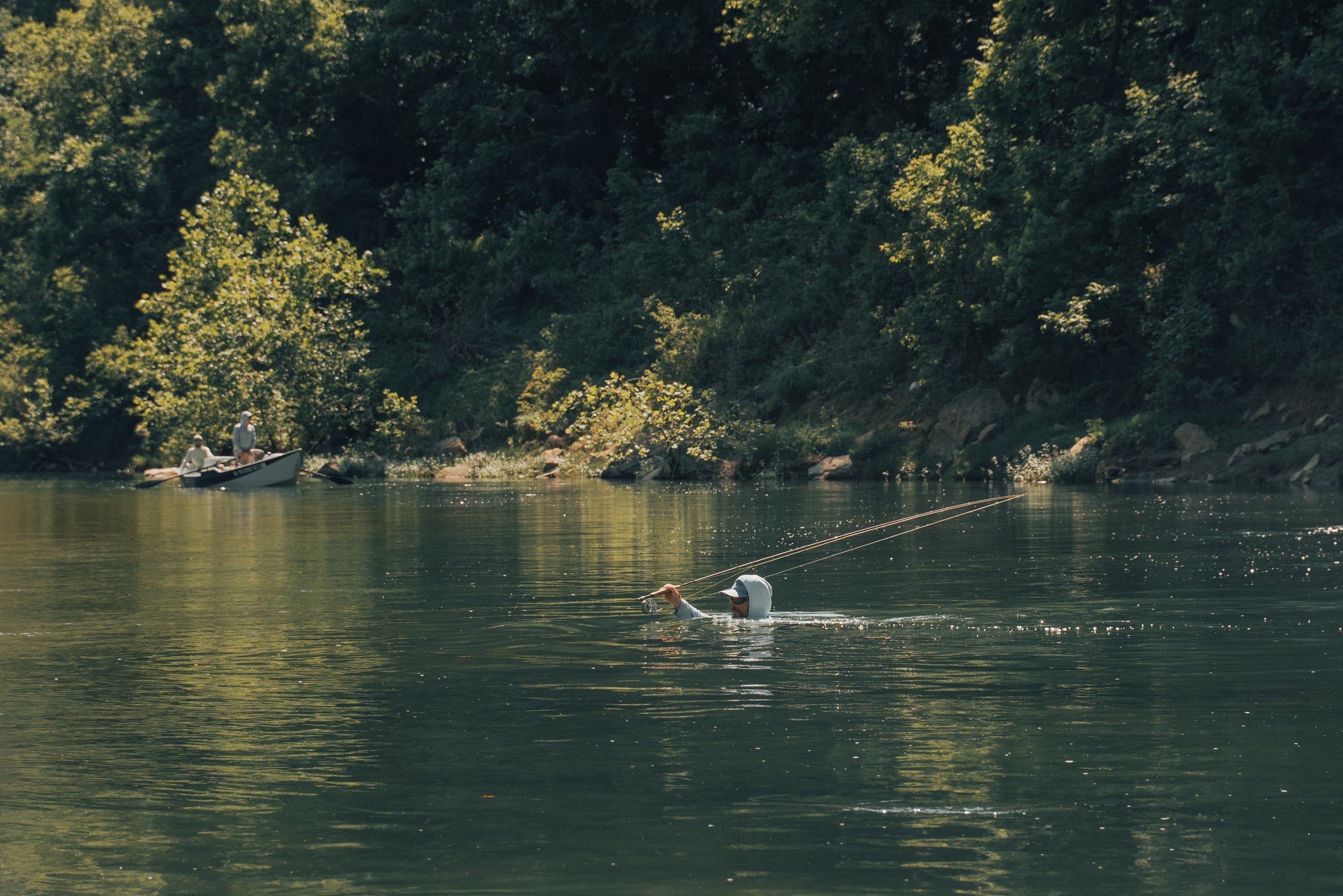
2 comments
John Caffey
Yep..I 79years old today and I’ve seen waste and cruelty to fish of all kind all my life, bags of 20 t0 30lb yellowtail, large Bonita, even tuna and albacore in San Diego die in burlap bags only to be tossed in the dumpster
I wS told as boy carp were trash etc. And more..
Why do we kill a living creature in a torture way…and call it sport…my dad taught ne to fish with a willow pole and release when I was a really small boy..istill do..large or s.all..
Seems fair reward for the fun they give me..oh yes I still eat fish, wish for a priest way to kill them
Kerry Pitt
I’ve been fishing since I was four in 1961. I have learned there is value in all species of fish. I have gone from fly fishing with a spinning rod, towing a fly behind a row boat, to buying my first fly rod a few years later and learning to cast. To me any fish that takes my fly is a good opponent and worthy of respect. I have found fish of many species, thrown up into the brush along a lakeshore and I shake my head! Who does this and why?
I have tried to speak my mind and show people these fish deserve better. They have not been just “Trash,” fish as some call them, they all have value. I have found Northern Pike, Pike Minnows and Brook Trout thrown up on the bank in the sun. I have revived some, but doubt they lived. This is such a terrible thing to do. Throw an animal upon the bank to asphyxiate! What kind of person does that? I think over the last thirty years attitudes have changed!! Keep an eye open it seems to be getting better but watching out is still a needful thing.
Leave a comment
All comments are moderated before being published.
This site is protected by hCaptcha and the hCaptcha Privacy Policy and Terms of Service apply.